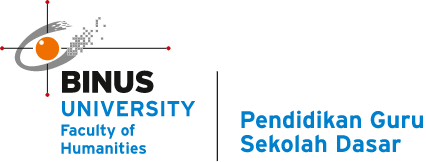Introduction to Digital Humanities
Digital Humanities is a field that uses computers and digital tools to uncover new insights from humanities texts. Digital Humanities projects can look at everything from ancient Greek epics to modern Russian novels, from medieval monastic rules to 19th century abolitionist pamphlets. These projects can provide new perspectives on familiar texts and help us understand the world around us better by giving us a deeper understanding of our own history—and how it affects who we are today.
Introduction
Digital humanities is a relatively new field that combines the study of literature, history, and other disciplines with new technologies. Digital humanists use computers to organize data in order to understand how people lived in different historical periods. The origins of digital humanities can be traced back to the 1960s when computer scientists began using digital technology for research purposes. Since then, many types of projects have been created that rely on large amounts of digital data or incorporate elements from other disciplines such as art history or linguistics.
Examples include:
- The Oxford English Dictionary Online (OED): This project attempts to create an authoritative lexicon for all words in English over time by including examples from texts published before 1800 (with later editions covering more recent usage). Users can search through millions of entries by entering keywords or phrases relevant to their research topic; they may also access additional information about each word’s origin and etymology if available online while browsing through the database.
- The Digital Humanities Community: This resource provides free tools developed by researchers at Stanford University intended primarily for graduate students working within this field who may not have access otherwise due to financial limitations during their studies; however anyone interested can sign up today!
Digital Humanities
Digital Humanities is the use of digital technology to explore the study of humanities. It’s not a new field of study, but it has recently been gaining popularity in academic settings and elsewhere.
The Digital Humanities has been around for decades; it was first introduced in 1972 at Stanford University as an attempt to increase access to information about classical literature through electronic databases. Today, this type of scholarship can be found across a variety of disciplines as well as outside academia—from museums digitizing their collections and libraries making their archives available online, to amateur historians creating interactive websites about topics they’re passionate about (like you!).
Projects of the Digital Humanities
Digital humanities projects often fall into one of the following categories, although there is considerable overlap between these areas:
- Textual analysis and editing. These are projects that involve reading and interpreting texts—a literary scholar might use them to better understand an author’s style, or an anthropologist could learn more about a tribe by analyzing their oral tradition.
- Spatial analysis. These projects involve investigating space to understand culture through geographical mapping or plotting where people lived in a given time period. For example, you might create an interactive map showing where each character in Shakespeare’s Hamlet lives within the city of Elsinore (Elsinore was the original name for Denmark).
- Social network analysis. This involves studying human relationships through digital data such as social media posts or email correspondence between two individuals; it could also include looking at how those interactions changed over time and what they say about social structures within groups like businesses or families.* Cultural heritage studies – The Digital Humanities can be used to preserve cultural artifacts like photos, films, music recordings, video games etc., so future generations can view them easily even if they aren’t available elsewhere online now due to copyright laws governing all types
Conclusion
I hope that this has helped you understand what digital humanities is, and why it’s so important in today’s day and age. It’s clear from the work being done in this field that there are endless possibilities for future research. I encourage anyone interested in this topic to explore further on their own—there are many resources out there!


